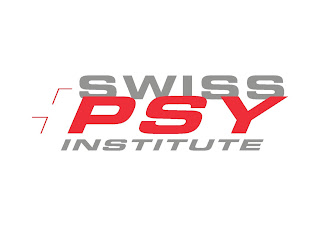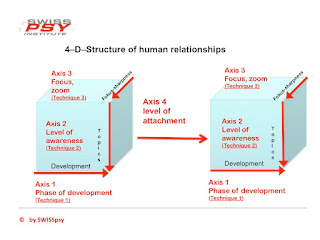• Social and living systems are networked and highly
nonlinear
• Such systems are governed by the laws of thermodynamics
• Power is work ( energy expenditure ) per time- unit
•
Endurance capacity of man and his health systems is determined by the factor of
the
" effort " that can be resumed to discomfort in the form of
"fatigue" .
•
Zeroth Law of Thermodynamics : If a system A (service provider ) is in thermal
equilibrium to a system B ( service consumer ) and B ( service consumer) to a
system C ( service financier ) , then also A (service provider ) is in balance
with C ( service financier ) . The state quantity , which is coincident within
these systems is the temperature ( the higher the temperature of a body , the
larger is the average speed rate of its particles )
•
First law of thermodynamics : The energy of a closed system (human, health
systems ) remains unchanged. Various forms of energy can therefore interconvert
, but energy can neither be created out of nothing , nor can it be destroyed.
No system does work without supplying any other form of energy and / or without
reducing its internal energy.
•
Second law of thermodynamics : heat can not pass by itself from a lower body
temperature ( lower rate of speed of its particles ) to a body of higher
temperature ( higher speed rate of its particles). For example, heat can not
pass by itself from service providers to
more and more demanding service consumers. Or: heat can not pass by itself from
service consumers to increasingly demanding service financier ( insurances ).
The inflation spiral and cranking the economy needs energy.
•
Third law of thermodynamics : it is not possible to cool a system to the temperature
of absolute zero. A person , or a health care system can not be cooled to absolute zero . ( its particle velocity
magnitude is zero )
•
From all that follows that one-sided money exploitation and profit maximation
of the health systems through the financial industry while ignoring the laws of
thermodynamics leads to overheating and burning out of people, to non-renewable
yield of the energy content and reserves of the systems and to the eventual
collapse of the health systems.



